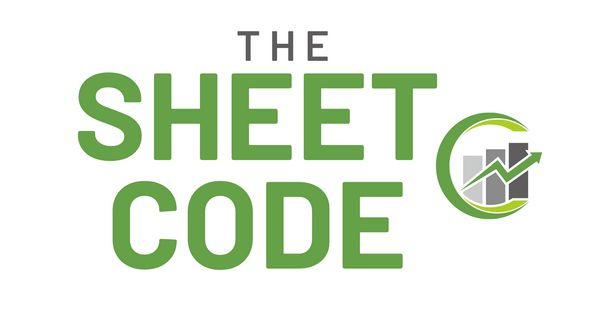Budget That Sticks: A No-Deprivation Guide to Cash-Flow Control
Most budgets fail for a simple reason: they’re built like punishments. You decide that “this is the month I cut everything,” white‑knuckle it for a few weeks, then rebound with a splurge that wipes out your progress. The answer isn’t more willpower. It’s a better system, one that gives every dollar a job, fixes the quiet leaks, and leaves room for the things that make life feel good.
This guide is the hub for that system. You’ll map paydays to bills so cash‑flow stops catching you off guard, find the small expenses that keep you stuck, and learn how to spend without feeling deprived. Along the way, you’ll find links to deeper dives on each piece of the puzzle.
Step 1: Get clear on income (before you touch expenses)
Control starts with timing. List your next 60–90 days of paydays and amounts. If your income changes from month to month, decide on a base income, the amount you can count on, and plan from that. Everything above the base is pre‑assigned (before it lands) to debt, savings, or one joy category.
Once you’ve got the numbers, map each bill to a paycheck. If a due date keeps landing in the no‑man’s‑land between paydays, move the due date or build a one‑week buffer for that bill. This one change eliminates most “I got paid and I’m still short” moments.
Read next: How to Build a Monthly Income Plan That Actually Works → [link] · How to Budget with Variable Income (Even If It Changes Every Month) → [link]
Step 2: Stop the leaks that aren’t obvious (but add up)
The money that derails you usually isn’t the big purchase, it’s the quiet, repeating charges. Run a 90‑day audit across your bank cards and app stores. Anything that bills monthly, quarterly, or annually goes on a list with: service, plan/tier, amount (after tax), billing cycle, last used, next renewal.
For each item, ask: “Would I sign up again today at this price?” If not, cancel without guilt, downgrade to a cheaper tier, or pause for a few months. Route all recurring charges to one card so renewals are easy to check, and set a 10‑minute calendar reminder each month to skim for usage, price hikes, and upcoming renewals.
A couple of “just $10” subs is $240–$360 a year. Two minutes to cancel beats twelve months of drift.
Read next: The Hidden Expenses Quietly Sabotaging Your Budget → [link] · What Is Subscription Creep (and How to Stop It) → [link]
Step 3: Spend without deprivation (shift, don’t cut)
A budget that bans everything fun breaks. A budget that reallocates lasts.
Do a quick Joy vs. Junk pass on last month’s transactions. Mark the few purchases that genuinely made life better - that’s your joy. Cross out the ones you barely remember -that’s your junk. The move is simple: shift dollars from junk to joy (or goals).
Add a small Fun Fund (3–5% of take‑home, or a set weekly amount) so you don’t “earn” a binge after being “good.” Then use flexible 50/30/20 as a guideline, not a law. Real life swings. High‑rent month? 60/20/20. Big events? 45/35/20. Intentional beats perfect.
Read next: How to Adjust Your Spending Without Feeling Deprived → [link]
Step 4: When earning more still doesn’t help
If extra income never seems to move the needle, you don’t have an income problem, you have a system problem. Without categories, reviews, and guardrails, more money just accelerates old habits. Put the system in place first; then additional income finally sticks to your goals instead of vanishing.
Read next: Side Hustle Not Helping? Here’s Why Overspending Still Wins → [link]
What this looks like in real numbers
You trim a daily coffee habit from every day to three days a week: $150/month becomes $60/month; that’s +$90/month you can put to debt or savings. You cancel one unused streaming service ($15/month) and two dusty $10 subscriptions: +$35/month (about $420/year) to your emergency fund. You map paydays to bills and stop paying overdraft and late fees because the timing finally works.
Those aren’t sacrifices. They’re swaps you barely feel and they compound.
A simple rhythm that keeps you on track
Once a week, spend ten minutes with your numbers. Check the next renewals. Glance at your category ratios. Make one junk‑to‑joy swap for the week and top up the Fun Fund. That’s it. The win isn’t perfect tracking; it’s a cadence you’ll actually keep.
Tools that make it easier
Start free if you’re new - our Budget Tool gets you set up fast → [link]. When you want more visibility, the Ultimate Personal Finance Package shows your Needs/Wants/Savings ratios in real time, maps bills to paychecks on a calendar, and tracks subscriptions, emergency funds, debt, and net worth in one place → [link].

